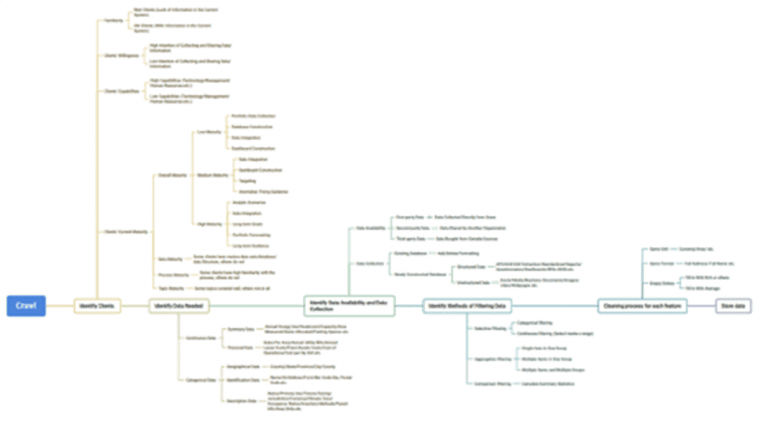Deloitte
project description
While much of real estate is held for investment purposes, a large amount of real estate is owned by corporations that use the properties solely to operate their main business, not to maximize the investment value of the properties. For example, while Amazon owns a large amount of real estate, that real estate is not operated as an investment, but rather as an environment for Amazon employees to effectively execute their jobs. Thus, the main concern of most corporate real estate owners is optimizing the balance between productivity and efficiency.
Many corporations are at an inflection point in their thinking about their real estate portfolios. The combination of Covid-19 and the dramatic transition from economic growth to recession has complicated an already complex decision-making process for executives. The number of inputs required in the strategic planning process for corporate real estate presents more iterations and considerations than humans are capable of processing in a meaningful way. For this reason, we’re creating a toolkit that allows organizations to look at potential decisions from many different angles and decide the best course of action rather than reacting to situations based on a limited set of information.
Our work with Deloitte has involved developing a “Crawl-Walk-Run” framework in which we 1) identify data points that are vital to understanding how real estate is currently operated within the organization, 2) develop descriptive analytics and advanced filtering mechanisms, 3) combine descriptive analytics with inputs from a corporation as to how that property or space within a building should be run, and 4) use market analysis, talent acquisition, and other external factors to assist companies in making both short- and long-term strategic decisions. The reason for accepting company input is that each company has a different culture and approach to the workplace. For example, some companies provide executives with large offices while others prefer more of an “open-office” setup. Because there are variances in preferences of each company, none of which are necessarily right or wrong, we must provide a way for those preferences to be considered in the model.
Previous
Next


